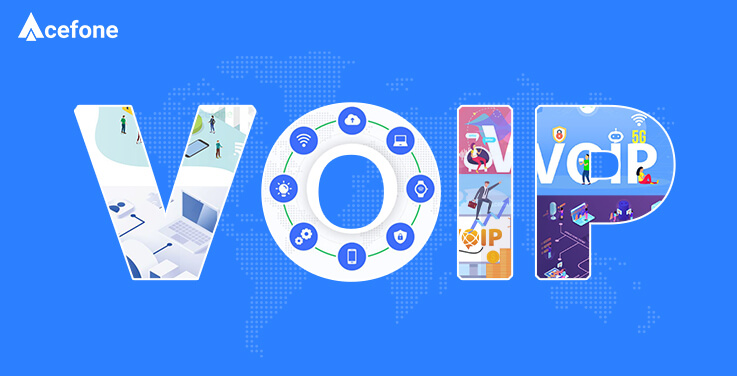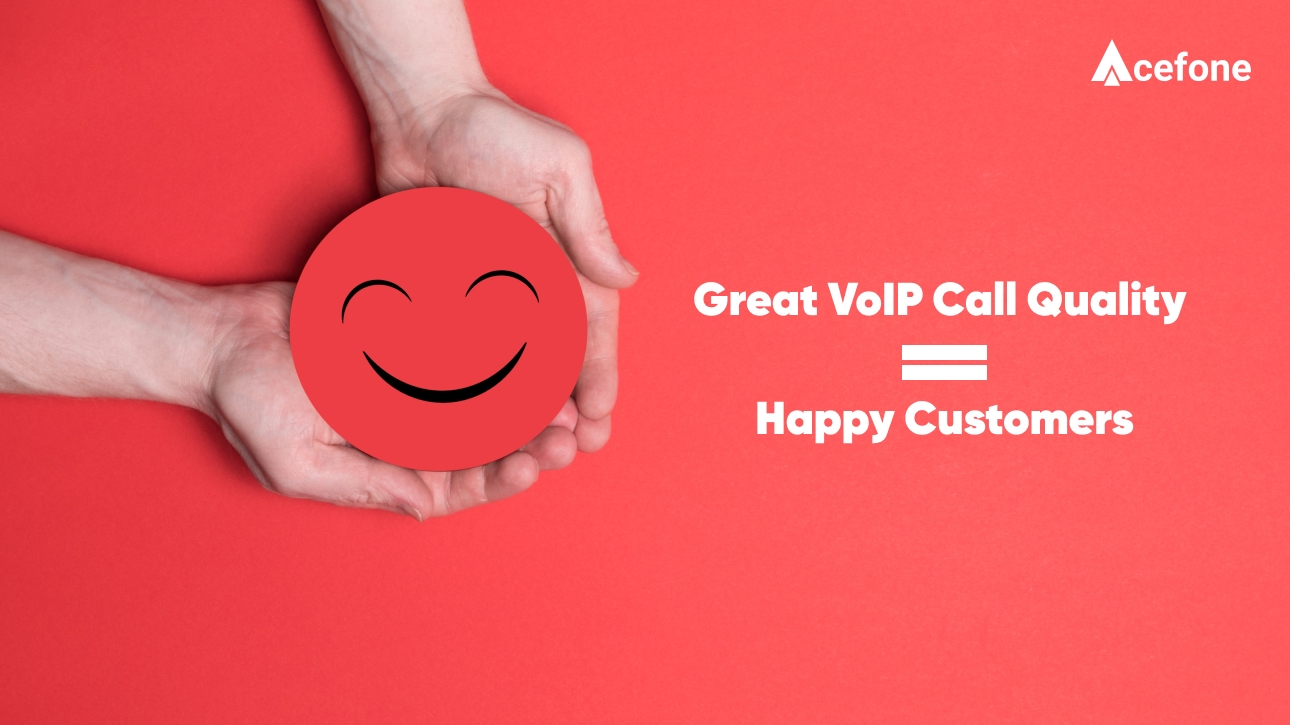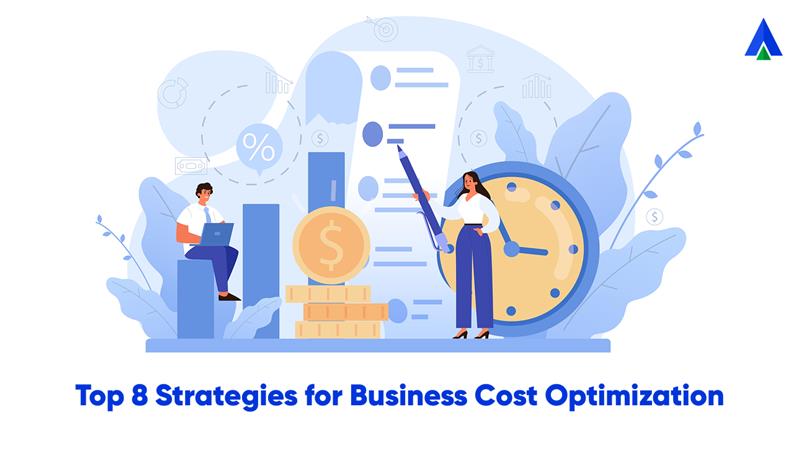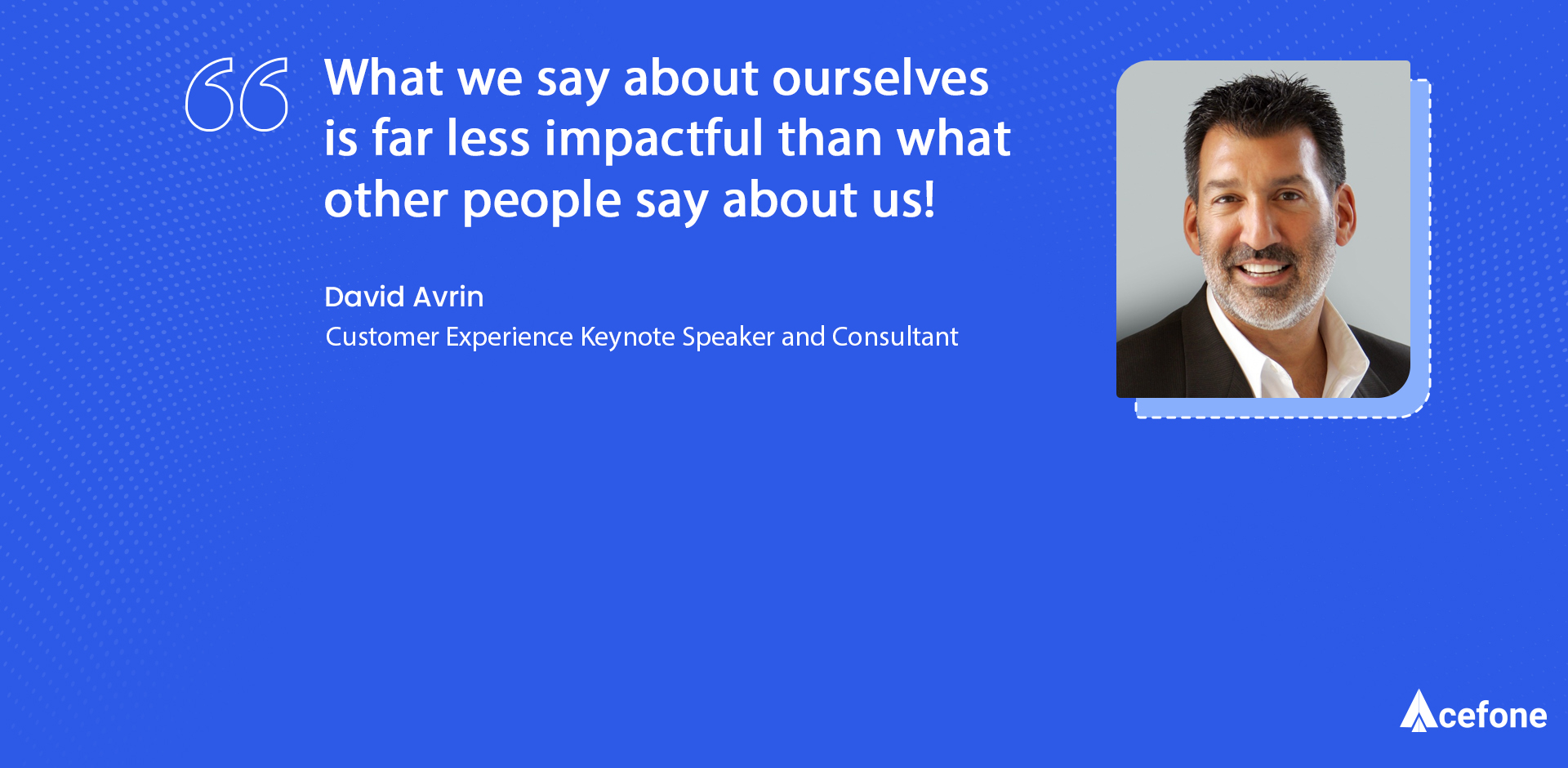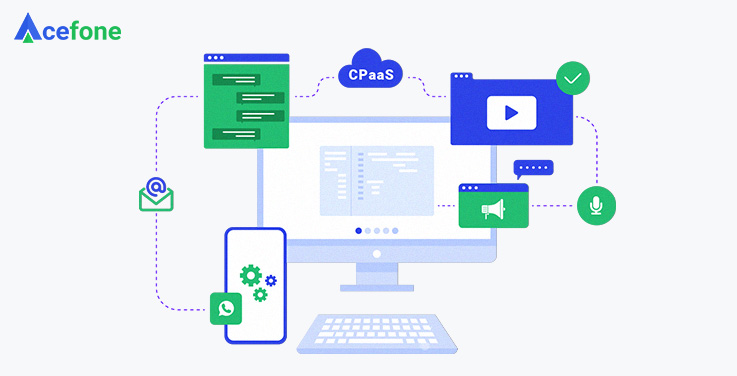VoIP or Voice over Internet Protocol has seen a rise in popularity over the past few years. Although the global pandemic has played a role in the technology’s demand, VoIP had already taken over business communications, owing to the advanced tools it offers.
As the technology grows in popularity and offerings both, so do the blogs that explain its various features, use-cases, benefits and the likes.
How is then one to determine which blog fulfils their purpose and offers the information they’re looking for? More importantly, how does someone who does not have much free time on their hands learn about VoIP without getting lost in the sea of information?
Fret not, this is where your VoIP journey begins.
We at Acefone, a top-rated VoIP phone provider in the UK, have curated a list of VOIP blogs that will help you get an understanding of the ever-evolving technology, its trends and business benefits.
Here are some excerpts from our top VOIP blogs, read them now to learn how you can make the most of the technology to thrive in the new normal:
Blog 1: What is a VoIP Phone System? A Beginner’s Guide for 2025
Even those who aren’t very familiar with the technology may have heard of the term ‘broadband phone service’ in reference to business communication systems.
The standard terminology for such services is VoIP or Voice Over Internet Protocol. VoIP offers cost-effective communications by facilitating phone calls through the Internet.
It has several other benefits too, such as increased flexibility, security, scalability, and more. These can help you redefine your business communications and internal processes.
Before you go ahead and subscribe to the service for your business, read this VOIP blog to know the 20 most common VoIP terms. The best part? The blog has kept the technical jargon to a bare minimum so that you can comprehend exactly which phone system you need and how it will work for you.
Blog 2: Why every business needs VoIP solutions
VoIP is an innovative technology that has drastically changed the way businesses communicate. But just because it is trending, doesn’t mean you should get it.
As a business owner, you should understand the importance of VoIP for your business and how it will benefit your business operations. But more than that, you need to consider various aspects such as a high-quality Internet connection, available bandwidth, employee training, and so forth.
After all, upgrading your business communications is not an easy task.
This blog offers some quality insights on how VoIP enhances productivity and helps businesses generate more leads. Moreover, now that you understand VoIP terminologies, you will have a better understanding of how they help your business grow.
Blog 3: 9 benefits of VoIP phone system for small business
Now that we have discussed the benefits of VoIP for a business, you may be thinking—technology as advanced as this must be for enterprises.
No, that’s not the case.
Recent research shows that more than one-third of all businesses now use a VoIP phone system, with the vast majority of those being teams with fewer than 50 employees.
This VOIP blog is for small businesses.
It explains how even a small business, just starting out, can benefit from VoIP features.
Furthermore, it helps managers understand how VoIP can help them foster long-term customer relationships, improve workflows, boost productivity and stay secure from cyber attacks without spending exorbitant amounts.
Blog 4: Use VoIP services to improve your team performance
Your team is going to be the key to the success of your business. A productive team needs smart tools in their arsenal to make sure their work is streamlined.
One such smart tool is a hosted phone system that can help your workforce communicate effectively.
In this VOIP blog, we discuss how a VoIP-powered phone system enhances flexibility, efficiency, productivity, and collaboration in your team.
It also tells us about some amazing features a hosted phone system offers you. These features eliminate manual effort and redundant processes, connect with customers quicker, and help you build more meaningful relationships.
Blog 5: The benefits of VoIP for different industries
It is often hard to determine if a service will work for your industry or not. It might be doing wonders for other sectors but may not work at all for your target audience.
For instance, XYZ software might get excellent results for the travel industry, where most interactions take place online via different social media platforms.
In contrast, the same software can be entirely useless for the construction industry, wherein all the work happens on the field. Similarly, you could be from the finance industry, hospitality sector, or maybe working at a call center.
This blog explains how the various aspects of VoIP cater to the different needs of various industries.
Read it to learn how you can get the most out of your hosted solution and make a name for yourself in your industry.
Blog 6: What CxOs should know about VoIP
By now, you’ve probably read through these blogs and maybe hoping for a VoIP phone system for your team.
This blog has some insightful VoIP facts that are sure to help you make up your mind. Even better—these attributes will even help you convert any skeptics in your team (your colleagues or even your boss)
It covers everything you need to tell your coworkers when you present the idea of upgrading your business communications system. You can successfully explain the reliability, cost-effectiveness, simplicity and more to them.
No matter what the management’s goals are, they are sure to be sold on your presentation when you include these arguments.
Blog 7: VoIP providers—which one to choose?
While you decide on the right solution for your business, you also have to pick a suitable VoIP phone provider.
Let us put it this way, having the right provider is just as important as selecting the right solution. If you get either right and the other wrong, you may be left with a partly effective cloud communications solution.
So, how do you decide which VoIP provider is the right one for you?
This question isn’t as tough as you might think it is.
This VOIP blog will walk you through the dos and don’ts you need to keep in mind while selecting a provider. It is a must-read before you start skimming through all the VoIP service providers available in your area.
Blog 8: Latest trends for VoIP phone systems—2021
The COVID-19 pandemic has changed the way businesses function. Remote working has become the new normal, and businesses have adopted advanced customer interactions tools and strategies.
With such industrial enhancements, VoIP is now at the forefront of technology. In fact, it is growing faster than ever in terms of usage and revenues.
Therefore, being aware of the latest trends can help you make the best out of your VoIP solution.
This blog revolves around the major VoIP trends in 2021 and explains how you can make your business future-ready.
So, keep up with these trends and leverage them to gain customer satisfaction, increased efficiency, and more.
Blog 9: 25 important VoIP stats you need to know
There’s a lot that an organisation needs to think about before making a decision. But, the good news is we can help you with this one!
In this blog, you’ll discover the 25 most important statistics about the use of VoIP technology.
These figures depict just how popular VoIP is and how it can enhance the productivity and profitability of your business.
This blog is a part of our must-read list because it is hard to think about a business that doesn’t like numbers. The higher the numbers, the better the product, right?
Even though by now you know a lot about VoIP solutions, these stats will certainly help you understand it better.
Blog 10: Here is what smart offices will look like with IoT and VoIP
Besides being an excellent communication tool, VoIP has several measurable benefits that make your business communications simpler and quicker.
In fact, VoIP phone system, when integrated with IoT, can create unparalleled opportunities for you and your business. You can work from the comfort of your home without any complications.
This VOIP blog talks about the incredible integration of both the technologies and their advantages.
Furthermore, it explains innovative ways to ensure effective and real-time collaboration between employees, whether at home or in the office.
Conclusion
Technology is ever-evolving, and you should grow with it too.
VoIP is one such technology that is sure to see a lot more advancement in the coming time and will also help your business grow. No matter the size, scale, or domain of the business, VoIP will impact it positively.
We hope our ‘must-read’ list helps you decide what’s best for your business.
However, if you still have doubts, our team of experts is here 24x7x365 to guide you and your business to a better communication solution. You can dial 1888-859-0450, or drop us an email at [email protected], and we will do our best to meet all your business needs.
